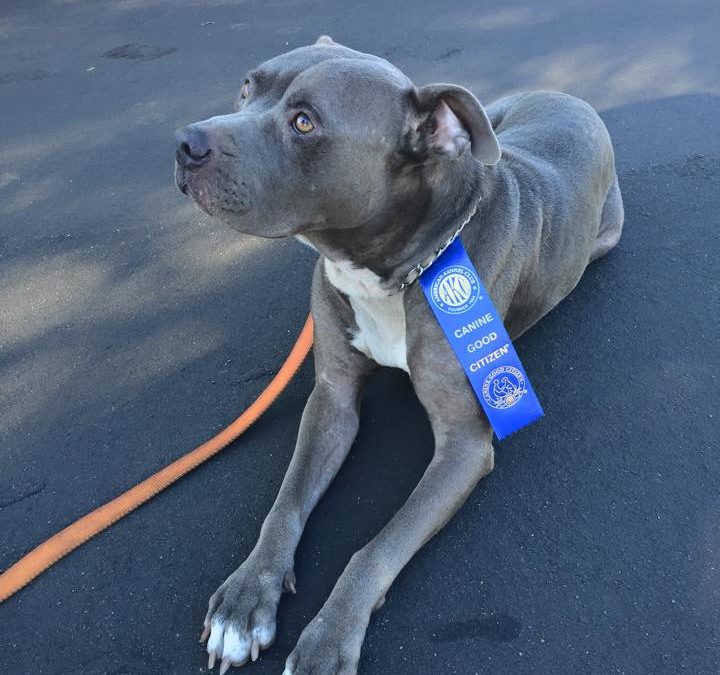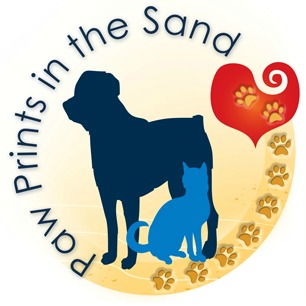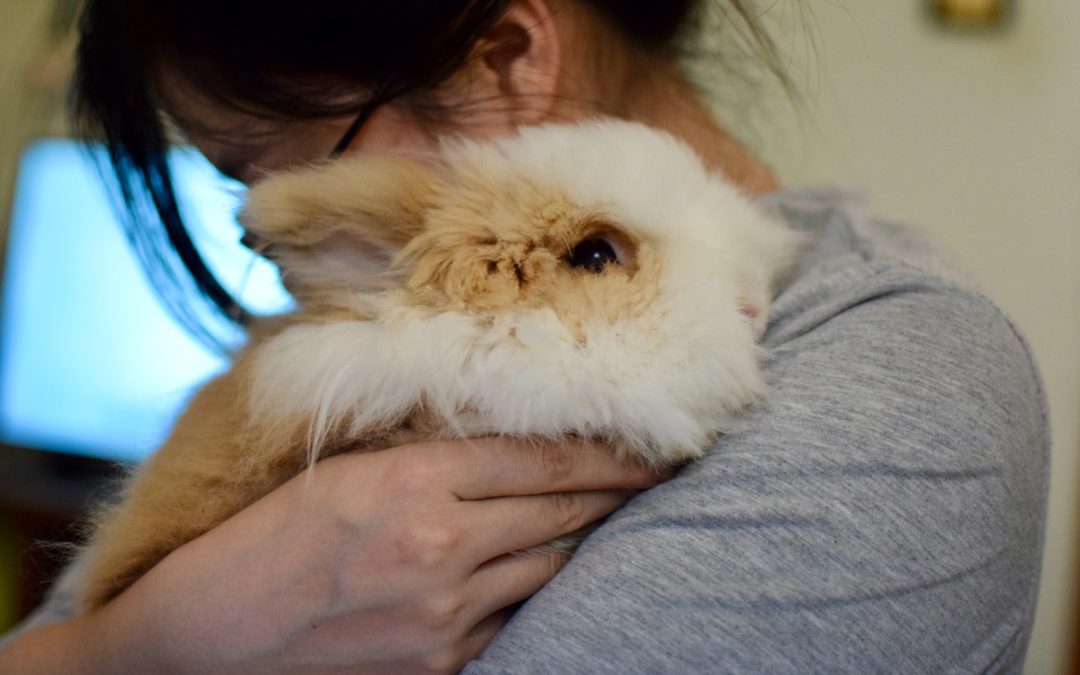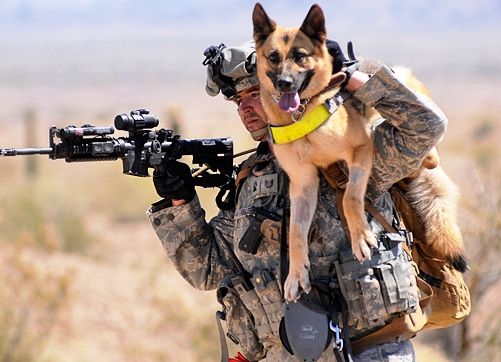
PATIENCE, LOVE AND DETERMINATION
Patience, Love and Determination. These are the three words that come to my mind when I think of animal rescue. My name is Angel Salazar. I am a volunteer with Paw Prints in the Sand Animal Rescue and this is what I have learned so far from volunteering with them.
I started to volunteer as part of my school’s community service requirements for my senior project about animal cruelty and how to help abused animals. During the course of my project, I did a lot of research on the topic of animal cruelty and abuse and wrote a 10-page paper on its facts and what could be done to help abused animals have a second chance at life. My paper introduced cases of animal cruelty involving physical abuse, neglect, and starvation, to mention a few. After completing my research, I then arrived to the conclusion that it is our responsibility to help stop animal cruelty at least by helping the rescue organizations that rehabilitate the animals that have been subjected to abuse, or to volunteer and make a difference in their lives.
Although my senior project is complete, I continue helping rescue animals under the mentorship of Monica one of the rescue’s co-founders. As a result of my hands-on work with the rescue pets, I found that patience, love, and determination are the three things a person needs most when helping abused animals.
In addition to providing assistance at adoption events, my volunteer work has consisted of assisting in the rehabilitation of rescue animals in training and socializing walks with the rescue’s professional Master Trainer Tim Welch of Redefined Dog Training. In the course of these training walks, I learned that PATIENCE is needed because depending on what these pets have been through, it may take some time for them to get used to people and other pets as well. At first, while walking the rescue dogs, I saw that some of these pets like to test the people with whom they are not yet familiar, to see how much they can get away with. For example, on my first couple of walks, some of the dogs would not listen to me, but they would listen right away once the trainer was near us. It was actually quite interesting to see how he could get them to listen. From this I learned that being patient and assertive helped me handle the dogs better, and when I would provide a command to a dog while being assertive, the dog would readily follow the command.
I also learned that LOVE is a key factor in helping these pets. Some came from a world where all they knew from their previous owners was hate and abuse, but all they needed to be shown is love, along with it being what all pets deserve. I experienced that showing the rescued dogs some love allowed them to show their love back to me. One such dog is Dalton. He is a great dog, and I enjoyed walking and training with him very much. What I learned from him is that dogs have a lot of love to give. On one of my first walks, a lady that seemed to know Dalton very well approached him, and he was filled with so much happiness and excitement to see her. It was almost unbelievable, but the same was with me when I would come to work with him and all I had given him was a few hours of my time at a training walk. It was very rewarding to see, and I was happy to love him back.
Lastly, DETERMINATION is something I saw that the co-founders, the fosters and volunteers had while working with Paw Prints in the Sand. The rescue dogs had been through so much and in some cases it was not easy for all of them, but no one was giving up on animals. Back to Dalton, I was very surprised when I found out Dalton had been waiting to be adopted for a very long time (almost 2 years!) He was such a good dog, and I couldn’t understand why people didn’t want to adopt him right away. But with determination, the rescue continued working with Dalton, and he even received his Canine Good Citizen Certification. I was very happy to learn recently that a great family had finally adopted Dalton. It was nice so see him finally have a home.
Ultimately, whether it is trying to find a rescue and abused pet a new home, or trying to help them recuperate, it is very important to stay determined and not give up on them. I learned a lot from working with them. I am so excited to continue to help and work with them. I look forward to working with our new rehabilitation cases and getting more involved in saving the lives of abused animals, as well as getting more of my friends involved with this cause.
Paw Prints in the Sand is always in search of volunteers. If you would like to join our team, you can view our available volunteer opportunities and send your application by visiting www.pawprintsinthesand.org/volunteer or by contacting us at volunteer@pawprintsinthesand.org.





Recent Comments